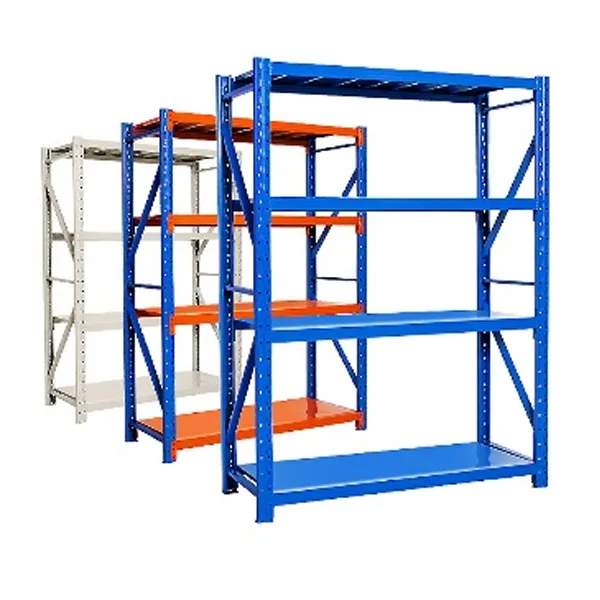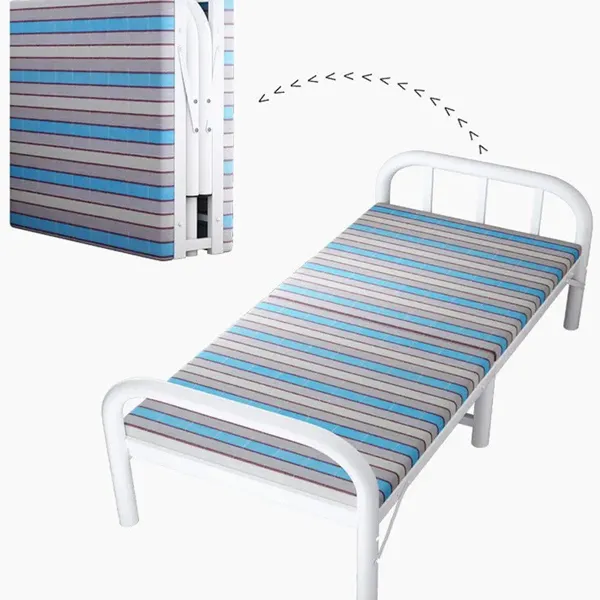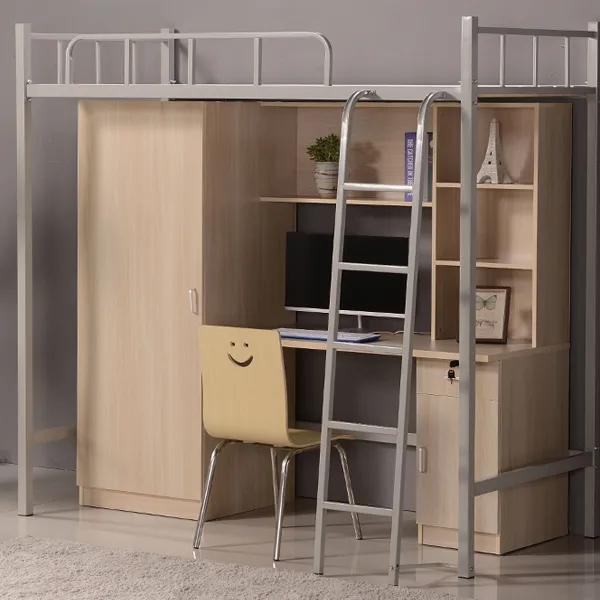Thin-walled bearings are designed with thin cross-sections relative to their diameter. They are used in applications where space is limited and the requirement is for reduced weight and friction. There are various types of thin-walled bearings, and their sizes can vary depending on the specific design and application.
Thin-walled bearings types
Deep Groove Ball Bearings
Sizes: The sizes can vary widely, ranging from small bearings with an inner diameter of a few millimeters to larger bearings with several hundred millimeters in diameter.
Sizes: Angular contact thin-walled bearings come in various sizes, catering to different load and speed requirements. The dimensions typically include inner and outer diameters, width, and contact angle.
Four-Point Contact Ball Bearings
Sizes: These bearings are designed to handle both radial and axial loads. The sizes can range from relatively small to larger diameters, depending on the specific application.

Sizes: Cylindrical roller bearings have various sizes, including inner and outer diameters, width, and different configurations such as single-row, double-row, or multi-row designs.
Sizes: Tapered roller bearings have varying sizes based on factors like the cone and cup dimensions, which include inner and outer diameters, width, and cone angle.
…
For more detailed information about thin-wall bearing types, please click here:https://www.boyingbearing.com/en/a/news/thin-wall-bearing-types.html













